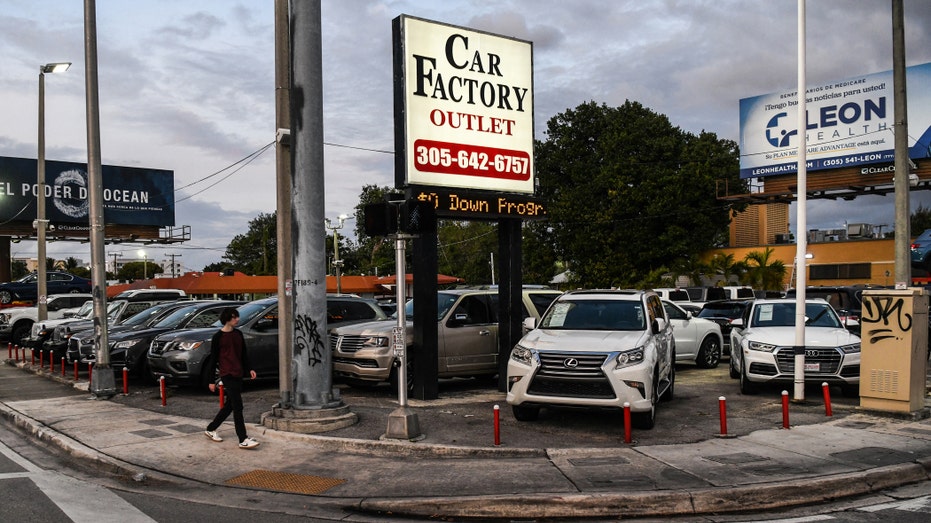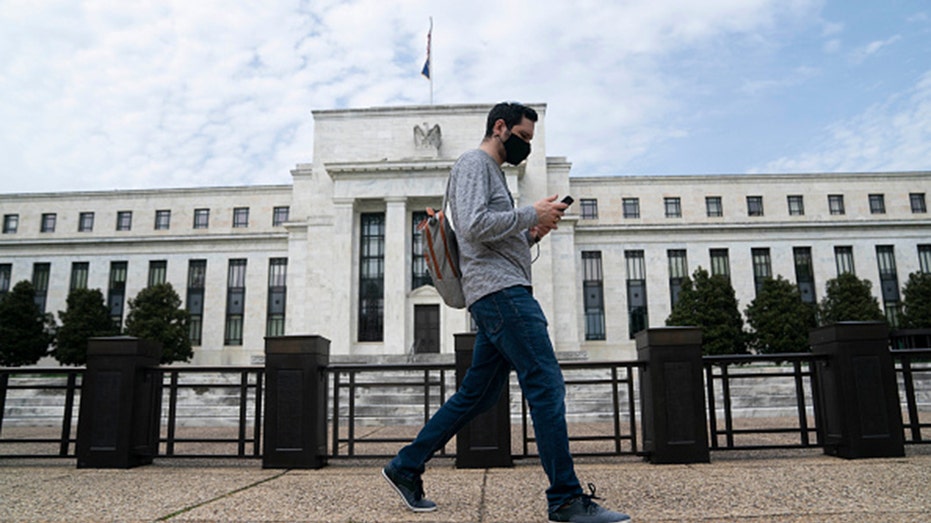What the next economic recession could look like
A recession might be coming - here's what it could look like
Business owners feel the recession is ‘right now’: Expert
Strategic Wealth Partners President and CEO Mark Tepper and Kaltbaum Capital Management Gary Kaltbaum weigh in on the risk of recession and reacts to Elon Musk looking to cut 10% of Tesla’s workforce.
Recessions are notoriously hard to predict, but consensus is growing among big banks and prominent economists that a downturn is coming as the Federal Reserve amps up its war on inflation.
The Fed is hoping to achieve the rarest of economic feats as it moves into full inflation-fighting mode: cooling consumer demand enough so that prices stop rising, without crushing it so much that it throws the country into a recession. Although Fed policymakers are counting on finding that elusive sweet spot — known as a soft landing — history shows that the U.S. central bank often struggles to successfully thread the needle between tightening policy and preserving economic growth.
HOW THE FEDERAL RESERVE MISSED THE MARK ON SURGING INFLATION
| Ticker | Security | Last | Change | Change % |
|---|---|---|---|---|
| BAC | BANK OF AMERICA CORP. | 54.53 | -0.24 | -0.45% |
| DB | DEUTSCHE BANK AG | 37.05 | -0.41 | -1.09% |
| WFC | WELLS FARGO & CO. | 92.59 | +0.39 | +0.42% |
| GS | THE GOLDMAN SACHS GROUP INC. | 872.30 | -6.82 | -0.78% |
Bank of America, Deutsche Bank, Wells Fargo and Goldman Sachs are among the most notable firms forecasting the possibility of a recession within the next two years, as the U.S. central bank moves to aggressively tighten monetary policy in order to cool consumer demand and bring inflation back down to its 2% target.
While the economy remains fairly strong at the moment, there are growing signs that Wall Street may be right: Economic growth in the U.S. is already slowing, the Bureau of Labor Statistics reported earlier this month that gross domestic product unexpectedly shrank in the first quarter of the year, marking the worst performance since the spring of 2020, when the economy was still deep in the throes of the COVID-induced recession.

A pedestrian walks past a pre-owned car sales lot in Miami, Florida on January 12, 2022. (Photo by CHANDAN KHANNA/AFP via Getty Images / Getty Images)
Recessions are technically defined by two consecutive quarters of negative economic growth and are characterized by high unemployment, low or negative GDP growth, falling income, and slowing retail sales. But they vary widely in how they actually manifest, which is equally difficult to forecast.
Recent research from Alan Blinder, a former Federal Reserve Board vice-chairman and a Princeton economist identified 11 Fed tightening cycles since 1965, of which eight were followed by recessions. Most of the downturns were very mild: There were five instances in which GDP fell less than 1%, or there was no economic decline at all.
WHAT IS A RECESSION, AND SHOULD AMERICANS BE WORRIED?
"So will we get stuck with a recession? Maybe," Blinder wrote in a recent Wall Street Journal op-ed. "The odds were probably above 50% even before the [first quarter] GDP report. But it’s important to note that any recession shouldn’t be deep and long, in contrast with those of the 1970s and early 1980s."
The first economists on Wall Street to predict a downturn – Deutsche Bank strategists, led by Matthew Luzzetti – have projected a recession that begins next April as a result of the Fed's efforts to tame inflation. But the team said it will likely be a "mild" one, much different from those experienced by Americans in 2008 and 2020. That could look like several years of anemic growth, or a very brief recession in which GDP does not fall too much and the economy bounces back relatively quickly.
The Fed already voted to lift the short-term interest rate by 50-basis points in May and have signaled that similarly sized hikes are on the table at upcoming meetings as inflation remains near a 40-year high. Hiking interest rates tends to create higher rates on consumer and business loans, which slows the economy by forcing employers to cut back on spending.
Fed Chairman Jerome Powell has echoed that sentiment in recent public forums and promised the Fed will raise rates as high as needed to cool prices.

A man wearing a mask walks past the U.S. Federal Reserve building in Washington D.C., the United States, on April 29, 2020. ((Xinhua/Liu Jie via Getty Images) / Getty Images)
"What we need to see is inflation coming down in a clear and convincing way and we’re going to keep pushing until we see that," he said last month during a Wall Street Journal live event. "If that involves moving past broadly understood levels of neutral we won’t hesitate at all to do that."
GET FOX BUSINESS ON THE GO BY CLICKING HERE
| Ticker | Security | Last | Change | Change % |
|---|---|---|---|---|
| JPM | JPMORGAN CHASE & CO. | 315.15 | -0.63 | -0.20% |
Of course, some economists are more pessimistic about the outlook. JPMorgan Chase CEO Jamie Dimon warned of a looming economic "hurricane" this week, citing fears over rising interest rates, inflation and the war in Ukraine.
"I said there were storm clouds. But I'm going to change it. It’s a hurricane," he said during a conference hosted by AllianceBernstein Holdings. "Right now it’s kind of sunny, things are doing fine, everyone thinks the Fed can handle it. That hurricane is right out there down the road coming our way. We don’t know if it’s a minor one or Superstorm Sandy. You better brace yourself."





















